Tianjin
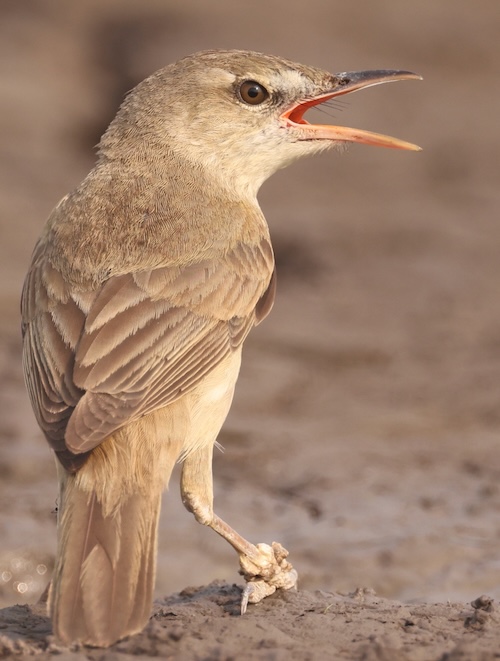
Tianjin is a directly-administered municipality in northern China on the shore of the Bohai Sea. It is one of the nine national central cities, with a total population of about 13 million inhabitants in an area of 11,946 km2 (4,612 square miles). Its metropolitan area is the world’s 11th-most populous city. It is governed as one of the four municipalities (alongside Beijing, Shanghai, and Chongqing) under the direct administration of the State Council of China. The city borders Hebei Province and Beijing Municipality, bounded to the east by the Bohai Gulf portion of the Yellow Sea. Part of the Bohai Economic Rim, it is the largest coastal city in Northern China and part of the Jing-Jin-Ji megapolis.
In terms of urban population, it is the seventh largest city in China. In terms of administrative area population, it ranks fifth in mainland China. It has long been a seaport and gateway to Beijing. Tianjin is currently a dual-core city, with its main urban area (including the older part of the city) located along the Hai River, which connects to the Yellow and Yangtze Rivers via the Grand Canal; and Binhai, an adjacent New Area urban core located east of the older part of the city on the coast of the Bohai. Tianjin’s Yujiapu Financial District has become known as China’s Manhattan and the city is considered to be one of the world’s top 100 cities. It is in the top 20 cities in the world by scientific research output. It is also home to multiple institutes of higher education. The city is bordered by Beijing, which is 120 kilometers (75 miles) to the northwest and surrounded on all sides by Hebei, with the exception of its eastern border, which is the Bohai Sea. Farmland takes up about 40% of Tianjin Municipality’s total area. Wheat, rice, and maize are the most economically important crops.
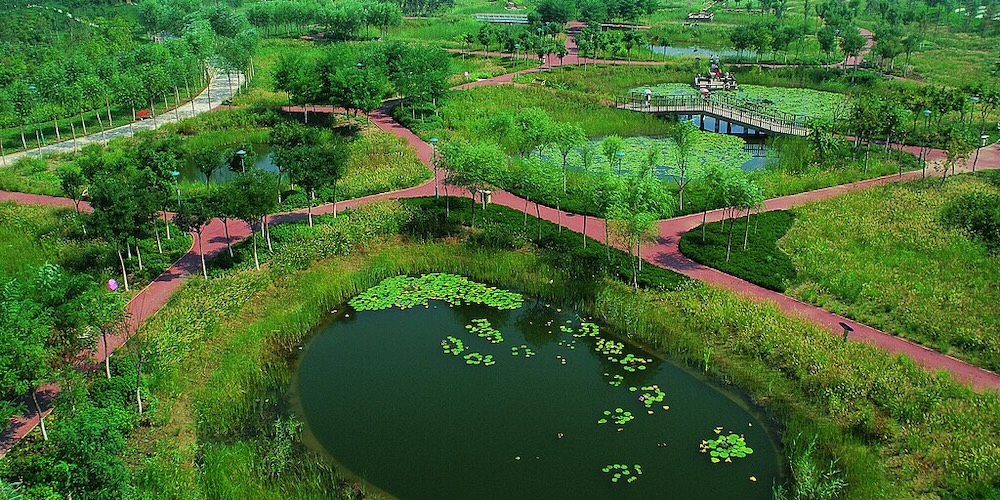
Tianjin City Qiaoyuan Park – ©Mydogistiaotiaohu CC BY-SA 4.0 via Wikimedia Commons
The city has 153 km (95 miles) of coastline and 1,137 kilometres (706 miles) of land border. It is located at the northern end of the Grand Canal of China, which connects with the Yellow and Yangtze Rivers. The municipality is generally flat and is swampy near the coast; however, it has hills in the north, where the Yan Mountains enter Tianjin. Tidal flats occur on the coastal plain adjacent to the city. The highest point in the municipality is Jiuding Peak on the northern border with Hebei; the mountain has an altitude of 3,538 feet. The Hai River forms at the confluence of the Ziya River, Daqing River, Yongding River, North Grand Canal, and South Grand Canal; it enters the Pacific Ocean within the municipality as well as in Tanggu District. Reservoirs include the Beidagang Reservoir in the south and the Yuqiao Reservoir in the north.
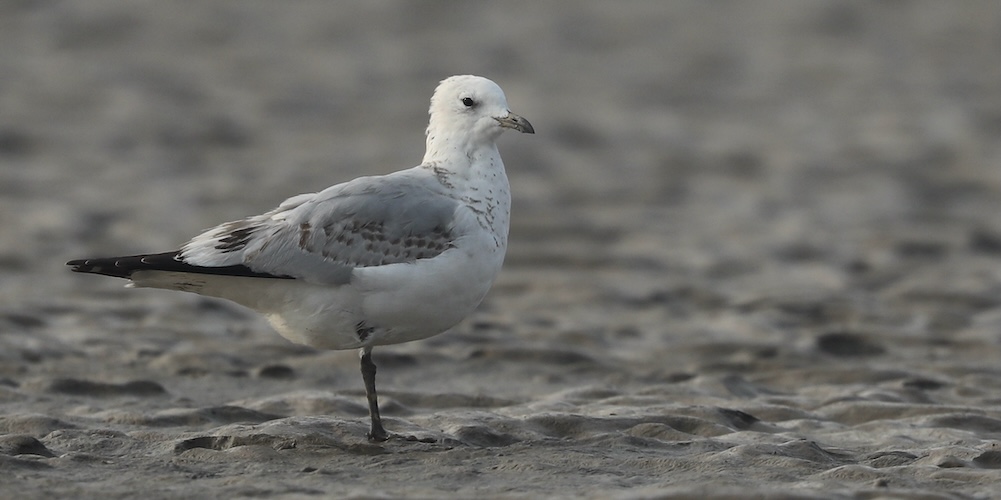
Relict Gull Ichthyaetus relictus – ©Bird-Photo-Tours ASIA
Tianjin has a semi-arid climate. As in other areas of East Asia, the city has a four-season, monsoon-influenced climate; it also has cold, windy, and dry winters due to the Siberian anticyclone and hot, humid summers due to the monsoon season. Spring in the city is dry and windy; the season sometimes consists of sandstorms blowing in from the Gobi Desert, which are capable of lasting for several days. The monthly 24-hour average temperature ranges from −2.8 °C in January to 27.2 °C in July, with an annual mean of 13.3 °C. Extreme temperatures in the city at the main weather station in Xiqing District have ranged from −22.9 °C to 41.1 °C. With the monthly percentage of the possible amount of sunshine ranging from 45% in July to 61% in March and April, the city receives 2,460 hours of sunshine annually. Having an annual total precipitation of 20.5 in, with nearly 60% of it occurring in July and August alone, the city lies within the semi-arid climate zone, although parts of the municipality are humid continental.
Birding Tianjin
Tianjin is situated on East Asia-Australia bird migration flyway and 15.2% of its land area is covered by wetlands. Because of this, there are abundant birds in Tianjin. Over 400 bird species have been recorded in Tianjin, of which 150 are waterbirds. During migrating seasons, there are millions of migratory birds inhabiting Tianjin. The Sea Gull has been chosen as the city bird of Tianjin.
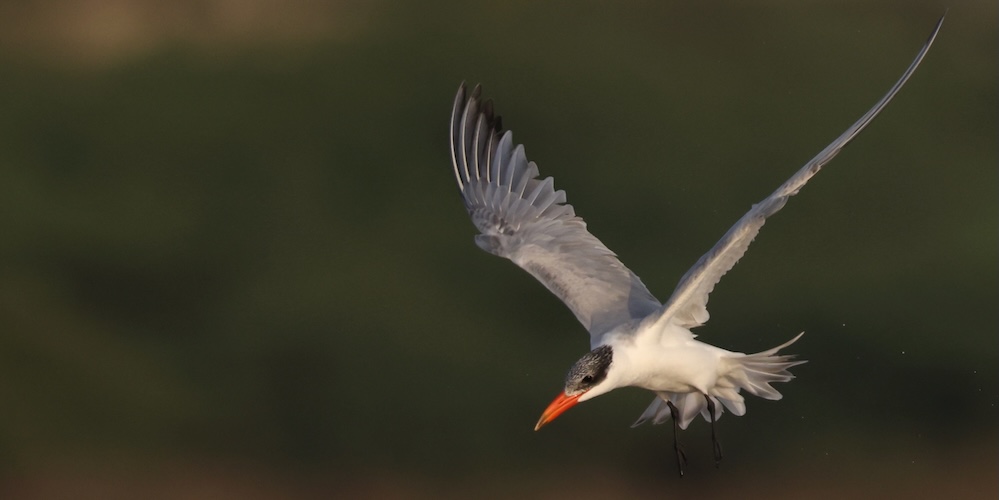
Caspian Tern Hydroprogne caspia – ©Bird-Photo-Tours ASIA
Baxianshan National Nature Reserve covers an area of 5,360 hectares, of which 95% is forest. Located in Ji County, the reserve is the highest point of Tianjin. With undamaged ecosystems in this area, the reserve has abundant flora and fauna with more than 1,000 higher plant species and 172 vertebrates. The reserve has recorded c.140 bird species. Target species include: Hill Pigeon, Grey Nightjar, Grey-capped Woodpecker, Amur Falcon, Azure-winged Magpie, Yellow-bellied Tit, Light-vented Bulbul, Vinous-throated Parrotbill, Pere David’s Laughingthrush, Green-backed Flycatcher, Blue Rock Thrush, Godlewski’s Bunting and Meadow Bunting.
Beidagang Nature Reserve is located in the southeast of Tianjin and covers an area of 43,495 hectares. It is the largest wetland reserve in this city. It lies on the East Asia- Australia migrant route, so every spring and autumn, huge numbers of birds pass through or stop and re-fuel.
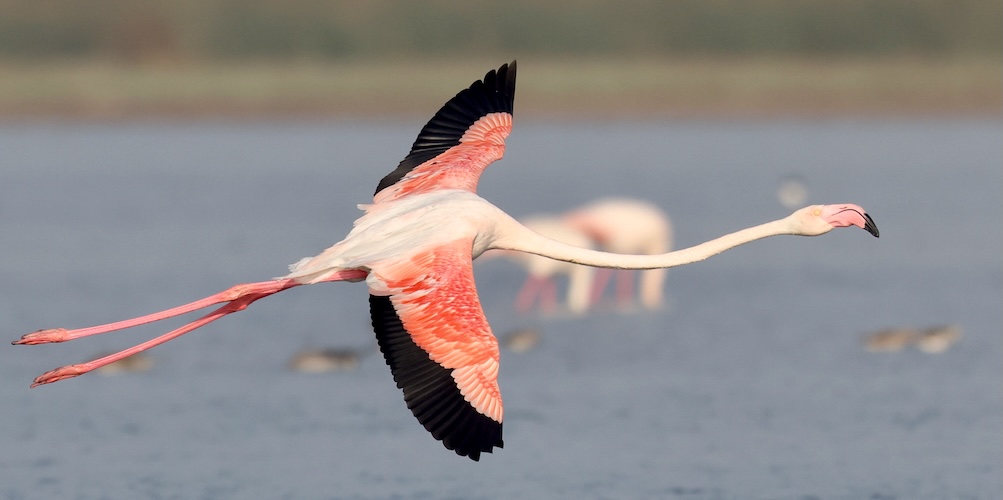
Greater Flamingo Phoenicopterus roseus – ©Bird-Photo-Tours ASIA
Over 200 bird species have been recorded in the reserve. These include Snow Goose, Swan Goose, Taiga & Tundra Bean Geese, Baikal Teal, Falcated Duck, Ferruginous Duck, Baer’s Pochard, Greater Flamingo, Great Knot, Relict Gull, Caspian Tern, Oriental Stork, Eastern Marsh Harrier, Chinese Penduline Tit, Oriental Reed Warbler, Reed Parrotbill, Common Reed Bunting and Pallas’s Reed Bunting, etc.
-
Philip He
Alpine Birding
http://www.alpinebirding.com -
Wikipedia
GNU Free Documentation License
https://en.wikipedia.org/wiki/Tianjin
-
Number of bird species: 444
(As at June 2025)
-
Avibase
PDF ChecklistThis checklist includes all bird species found in Tianjin , based on the best information available at this time. It is based on a wide variety of sources that I collated over many years. I am pleased to offer these checklists as a service to birdwatchers. If you find any error, please do not hesitate to report them. -
E-Bird
PDF ChecklistThis checklist is generated with data from eBird (ebird.org), a global database of bird sightings from birders like you. If you enjoy this checklist, please consider contributing your sightings to eBird. It is 100% free to take part, and your observations will help support birders, researchers, and conservationists worldwide.
-
Birds of China
| By Liu Yang & Chen Shuihua | Princeton University Press | 2023 | Flexibound | 672 pages, plates with 4000 colour illustrations, colour distribution maps | ISBN: 9780691237527 Buy this book from NHBS.com -
Guide to the Birds of China
| By John MacKinnon | OUP | 2022 | Edition 2 | Paperback | 513 pages, 164 plates with colour illustrations; colour distribution maps | ISBN: 9780192893673 Buy this book from NHBS.com
-
Tianjin Birdwatching Society
InformationTianjin Bird Watching Society was an NGO established by ornithologists, wild bird photographers, birdwatchers and environmentalists in Jan 2010
-
IBA Beidagang Wetland
InformationSatellite ViewBeidagang is the halfway station for many migratory birds flying from East Asia to Australia and back. The wetland offers the birds food, water, and shelter. It is a very important habitat for shorebirds, swans, geese, storks, cranes, gulls, raptors, and even great bustards... -
NNR Baxianshan National Nature Reserve
InformationSatellite ViewThe BasianshanForest Recreation Area is where the Shiwen River and Jiabao River converge, and there is abundant water. -
NR Paleocoastal
InformationSatellite ViewPaleocoastal Nature Reserve, covering an area of 900 hectares, is located in the boundaries of Jixian County of Tianjin Municipality.
-
eBird
SightingseBirding this month...
-
Alpine Birding
Local Tour OperatorAccording to the investigation, 389 bird species have been recorded in Tianjin, of which 149 species are waterfowls. -
BirdQuest
Tour OperatorFor those taking the optional Beijing & Bohai extension, the first birding will be on the shores of the Gulf of Bohai around Tianjin... -
China Birding Tours
Local Tour OperatorThe trip is designed for anyone who is intereted in seeing as many China species as they can within one trip -
EasyTourChina
Local Tour OperatorNorth China sees its first snows in November. As the temperature drops, the migratory birds have flown southward, and some of them stop in Tianjin. Therefore it is time to head out for fall birding...
-
2024 [02 February] - Hannu Jännes
ReportThe tour began in Beijing, from where we travelled to the low-lying shores of the Gulf of Bohai near Tianjin. Our first destination was the recently established Relict Gull Park, which proved not to be open, but we managed to go around the locked gate to get close to the shoreline...



